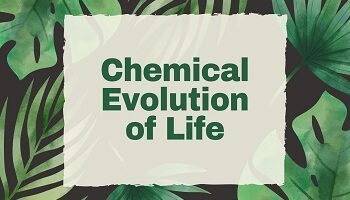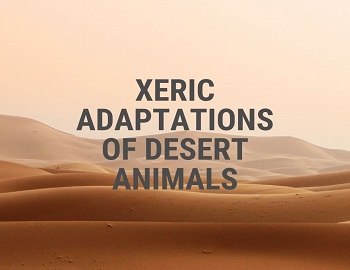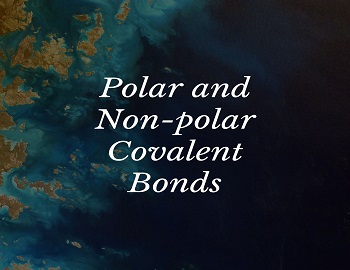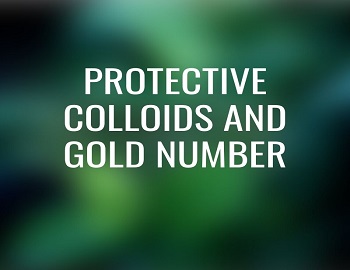Table of Contents
Growth and Development:
Growth is defined as an irreversible increase in the size and form of an individual. Growth is a characteristic feature of all living organisms. You have seen small seedlings grow into big plants and small babies growing into adults. However, growth always occurs in such a manner that the particular characters of a species are always maintained in all the individuals.
In multicellular organisms, growth occurs due to an increase in the number of cells or increase in the size of the cells or due to deposition of certain materials like fat in between the cells.
Growth in Animals:
Growth in animals is limited, i.e. animals grow up to a certain age and then they stop growing. Cell divisions do occur in animals even after they have stopped growing but they do not lead to increase in size. Such divisions only serve to maintain the body size of the specific organs. Our skin and inner lining of the alimentary canal continuously lose cells and are replaced by new cells. R.B.Cs have a short span and are replaced by newly formed cells. However, this does not result in the growth of the individual. Human beings stop growing after about 20 to 25 years of age. When a person puts on weight we do not say that the person has grown. Becoming fat cannot be regarded as growth since it is not a result of cell division, but occurs due to deposition of fat under the skin.
Repair of damaged tissues occurs in all animals. Cuts and wounds in humans and animals are soon healed up by cell division and migration. Regeneration can be called a process of repair and replacement of severed body parts. Hydra can regenerate the whole body from its fragments. Earthworms can regenerate a few body segments from both the ends of the body. Some insects and spiders can regenerate their limbs. Frog tadpoles can regenerate their tail and hind limbs when they are very young. Fishes can regenerate some parts of their fins, lizards can regenerate their tails and birds can regenerate their beaks. In human beings, regeneration is restricted to the regeneration of the liver. If a part of the liver is removed, the remaining cells multiply to restore the original size of the liver.
Growth in Plants:
Plants grow throughout their life. Growth occurs faster in the early stages. The meristematic tissue present at the shoot tip and root tip are responsible for the increase in size at this stage. In a full-grown tree, the trunk grows in diameter (girth). The increase in girth of the tree occurs due to a layer of meristematic tissue called cambium present in the tree trunk.
Annual Rings– In trees cambium tissue gives rise to vascular tissues. In summer, cambium forms xylem vessels with narrow cavities since the moisture content of soil is low. After rains cambium produces xylem vessels with wider cavities. These two kinds of xylem vessels alternate with each other and appear together as concentric light and dark bands in a horizontal section (a horizontal cut) of a tree. A dark band and a light band together constitute an annual ring or growth ring. Age of a tree can be easily found out by counting the number of annual rings in a tree since only one ring is formed each year. Annual rings can be clearly seen in pine and other timber trees.
Development:
The process of formation of an individual from a basic unit like seed, spore or zygote is called development. The development includes growth by cell division, change in cell shapes and cell movement. A single cell, zygote, divides continuously and undergoes numerous changes to form a complete individual. First, the zygote divides repeatedly to form a big mass of cells. This is the process of cell division. After this, cell movement takes place and cells reach the places where the tissues they are destined to form must be positioned. For example- the cells forming the head of the organism move towards the anterior end while the cells which form the internal organs move inside. When the cells have reached their future positions they undergo changes in their structure in accordance with their specific functions. This process is called cell differentiation. For example- when a muscle cell or nerve cell acquires its characteristic structure, it is said to be differentiated. A differentiated cell cannot change into any other type of cell. When all the body parts of an organism assume the right forms, the individual is born or hatched and grows into an adult.
In most animals, the newly born or newly-hatched individual is just a smaller version of the adult individual. However, in several animals like the insects, the developmental process includes several stages, each one very different from the other. Eggs of butterflies and mosquitoes hatch into worm-like voracious eaters called larvae which get encased to form sedentary pupae (singular pupa) from which emerge the adult butterflies or mosquitoes.









Comments (No)